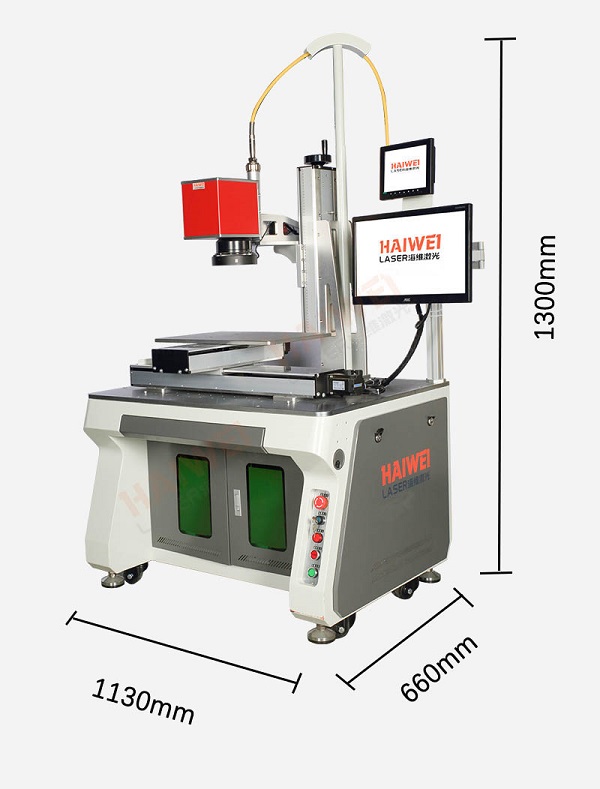Laser Welding Machine Applications in Modern Automotive Manufacturing
The use of laser welding machine technology in automotive manufacturing has evolved from niche applications to a core production process. Today, it supports both traditional vehicle production and the rapid growth of electric vehicles (EVs), offering precision, speed, and consistency.

Body-in-White and Structural Components
In car body assembly, laser welding is widely used for joining roof seams, door frames, and side panels. Compared to spot welding, it provides continuous, high-strength seams with minimal distortion. This improves structural rigidity and enables better aerodynamics and noise reduction. Many manufacturers use robotic arms equipped with fiber laser welding machine systems for flexible, high-speed production lines.
Powertrain and Engine Parts
Critical engine and transmission components—such as gears, shafts, and turbochargers—require deep, precise welds. Laser welding delivers tight, repeatable joints with low heat input, reducing the need for post-weld machining. This is especially important for lightweight designs and high-performance engines.
Battery and EV Component Production
With the rise of electric mobility, laser welding machine systems are now essential in EV battery pack assembly. They are used to weld busbars, cell tabs, and housing components in battery modules. The process ensures low electrical resistance and high mechanical strength, which are critical for safety and performance. Hermetic sealing of battery enclosures is also commonly done using laser welding.
Sensor and Electronic Module Assembly
Modern vehicles rely on numerous sensors and control units. Laser welding allows for hermetic sealing of small, sensitive electronic housings without damaging internal components, thanks to its localized heat input.
In automotive manufacturing, the laser welding machine has become a versatile and reliable tool across multiple production stages. Its ability to deliver consistent, high-quality welds makes it well-suited for both mass production and advanced EV applications. When selecting equipment, manufacturers should focus on system integration, process stability, and support for automation to ensure long-term performance.
Recent Posts
- What are the advantages of laser welding machines in lithium battery pack production lines?
- What issues should be noted when choosing a lithium battery pack production line?
- Quality Inspection and Control of Lithium Battery Module Pack Production Line
- Cell grouping and sorting process in lithium battery module pack production line
- What are the safety hazards of lithium battery pack production lines and how can they be prevented?
INQUIRY

